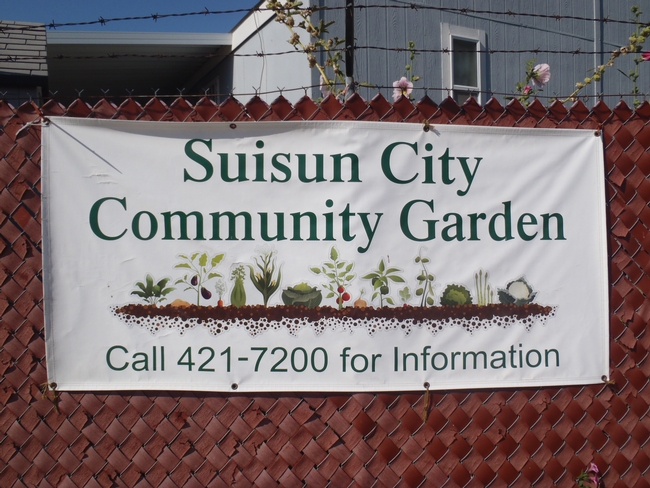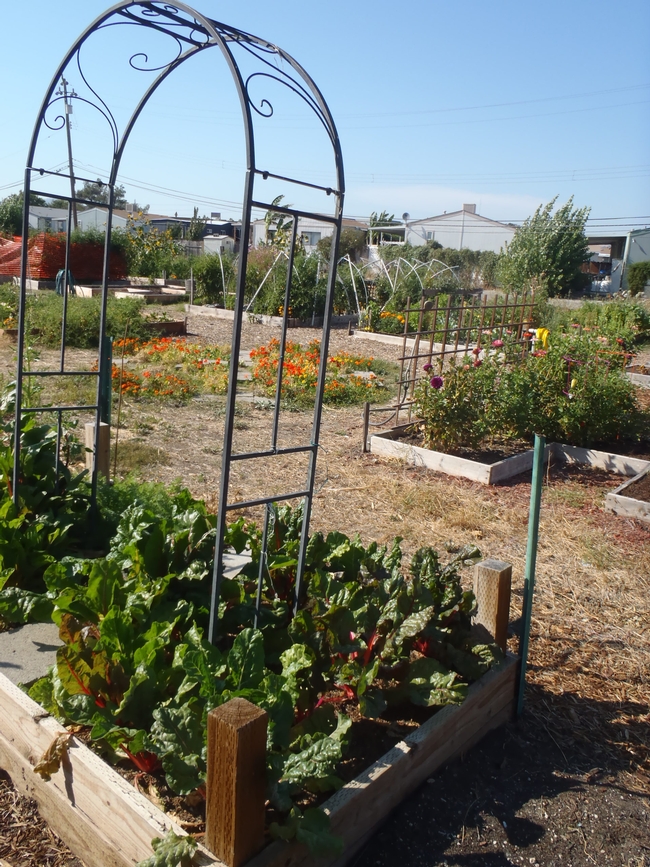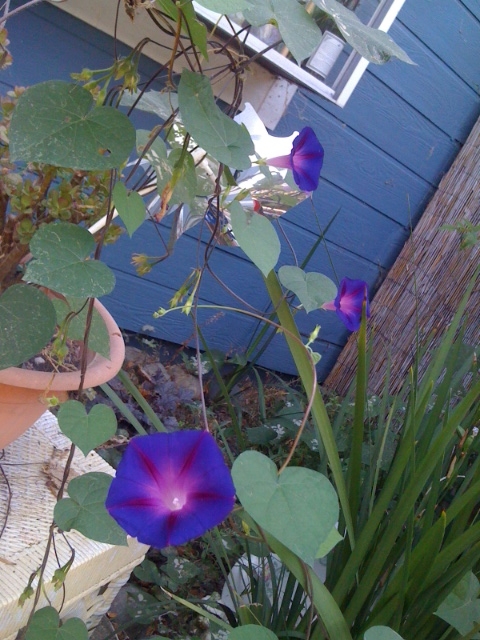Posts Tagged: gardening
Biodynamic Gardening and Agriculture
Disclaimer: This article does not express the views held or advocated by UCCE or its affiliates with regard to biodynamic gardening or farming. It only seeks to introduce the concept of biodynamics to readers as another alternative system of sustainable gardening.
For all of you gardening enthusiasts (which I assume all of you are, since you are reading this blog), it is likely that at some point, you have come across the term “biodynamic” gardening or farming.
Biodynamic gardening/farming is usually regarded as one of the earliest organized systems of organic gardening, emphasizing the interrelationships between soil, plant and livestock management (i.e., the garden or farm is regarded as an organism). The foundation for biodynamic gardening or farming arises from a series of lectures given in 1924 by the Austrian philosopher, Rudolf Steiner, to farmers seeking his assistance. Perhaps the defining feature of biodynamic gardening/agriculture and what people find most intriguing, is the use of what is known as “preparations,” (of which there are nine (9), divided between field and compost preparations) which generally consist of manure and/or specific flowers/herbs fermented in a vessel such as a cow horn or the bladder of a red deer/elk, as applicable. The preparations are typically diluted with water, stirred in an exacting manner for a specific period of time, and then sprayed onto a field or compost to stimulate plant growth, as appropriate, and microbial activity. Although these preparations sound esoteric and inaccessible to the average person, people seeking to incorporate biodynamic methods in their garden, may purchase preparations from biodynamic trade organizations and/or other biodynamic gardeners and farmers.
The popularity of biodynamics has gained steam in the mainstream, as many wineries, both local (some even in Napa and Sonoma Counties!) and abroad, have adopted such practices.
For further information on biodynamic gardening or farming, please feel free to visit https://attra.ncat.org/attra-pub/summaries/summary.php?pub=290 or google the term, “biodynamic gardening,” “biodynamic farming,” or “biodynamic agriculture.”
Suisun Community Garden
Are you an apartment dweller or an otherwise landless gardener who has been dreaming about having a little piece of earth to call your own? Or maybe you are just someone who has a small yard and is looking for additional space to garden? If so, consider checking out the Suisun Community Garden located on Lotz Way by the Marina Shopping Center off of Highway 12 in Suisun City. For approximately $30 a year which is intended to cover the cost of water usage, you can lease a 10' x 10' plot at the Community Garden.
Almost all of the Community Garden's current members have built raised beds to grow vegetables which they are doing so successfully, as the site receives full sun daily, even in the winter. At last check, the author of this post observed corn, tomatoes, squash, tomatillos, eggplants, strawberries, artichokes, beans, carrots, radishes, beets, sunflowers, cosmos, dahlias, nasturtiums, and more, growing at the Community Garden.
As an added benefit, most members of the Community Garden are generally friendly, and will happily exchange gardening war stories and tips with you while you are there weeding, watering, etc. Although vandalism and theft can be an issue at the Community Garden from time to time (this is a common occurrence at ANY community garden), there is usually more than enough bounty for you in your plot to harvest and enjoy. It is also not unusual for other Community Garden members to share their harvest with you.
At last count, there were only a dozen or so plots left, so don't delay. For further information, please contact the Joseph Nelson Community Center at (707) 421-7200 or check out the Community Garden's Facebook page.
Pondering Thoughts about Life and Gardening
As I start to ponder the complexities of all my thoughts related to gardening, I find myself thinking about vivid memories of childhood gardens long ago, and the need to draw silly analogies from the simplest of tasks in the garden, which seemed to so eloquently parallel lessons taught by everyday life - epiphanies, irony and humility.
It seems to me, that I always want what I can’t have. I desperately pull weeds when they so tenaciously grow without any need for pampering, irrigation, or fertilizer. They even come back when I chop them off and pulled them up -- roots and all. Even, when I am fully convinced that I’ve removed that final pesky weed, I discover the following spring, that it had already carefully spread about 10,000 of its offspring – all now happily sprouting in my yard.
It seems so ironic, my quest to create a perfect garden. I’m convinced that gardens are Mother Nature’s way to humble human beings. To make us realize that we can’t control our lives, we cannot always have things go the way we plan. And in the end, we must learn plan, hope, pray and finally have faith that the sun will shine and garden, like life, will sprout, grow and renew itself again -- weeds and all.
Lasagna Gardening
Lasagna gardening? ‘Sounds crazy even when you know what that means. Crazier still, it’s a gardening technique that really works.
A little like diets that promise you’ll lose 20 pounds a month and never feel hungry, lasagna gardening sounds improbable, exaggerated and a waste of time. Better to stick with tried and true methods that reward hard work, sacrifice and the results of long-term commitment.
So I thought, but much like those diets I can’t resist, it sounded so simple I was willing give it a try.
First of all the old garden bed does not require tilling. Just cover weeds and all with a layer of cardboard or 3-5 layers of newspaper. Be sure to cover everything well to eliminate little peeks of sun nourishing future weeds. Soak the layers to keep them in place.
Voilà! Decomposition begins in the dark under those layers, earthworms begin to happily tunnel through the dark moist area and the soil begins to loosen up. The grass or weeds break down fairly quickly because they are in the dark under the paper.
Top off the lasagna with alternating layers of “browns” such as fall leaves, shredded newspaper, peat, and pine needles with layers of “greens” such as vegetable scraps, garden trimmings, and grass clippings, just as in a compost pile. Sprinkle it now and then.
Fall is the perfect time to start the process. Just leave it alone until spring, then start planting!
Big Blue Lavender
Several years ago, my husband and I cleaned out the 3' x 40' strip of soil between our house and our neighbors. There were several roses that were salvaged, but everything else was removed. This buffer zone between houses needed soil amendments, irrigation changes and plants that could handle hot afternoon sun. My husband wanted color and I wanted scent, so we compromised. He purchased two crape myrtles in red and plum and I went shopping for lavenders. Knowing that lavender is a Mediterranean plant, has few problems (root rot, mildew and rust), required little water and LOVED the hot afternoon sun, made it an ideal choice. The flowers would be harvested to use for decorating and smell, a real bonus. Many of the plants located at the nursery would grow too large for this narrow strip. Searching through the plant inventory at a local herb farm, Gros Bleu Lavender (Lavandula x intermedia) was found and it only grew to 13 inches. The plant marker also noted that it had extremely long flower heads and navy blue flowers. Eureka! My search was over and I have not been disappointed with my choice. They finished blooming last month and have been trimmed back to compact round orbs to keep them tidy and healthy, ready to fill out and scent our garden again next year!




